READY TO GET STARTED?
REQUEST A FREE ESTIMATE
Fill out the form below or call (888) 466-7849 for a free, no-obligation estimate.
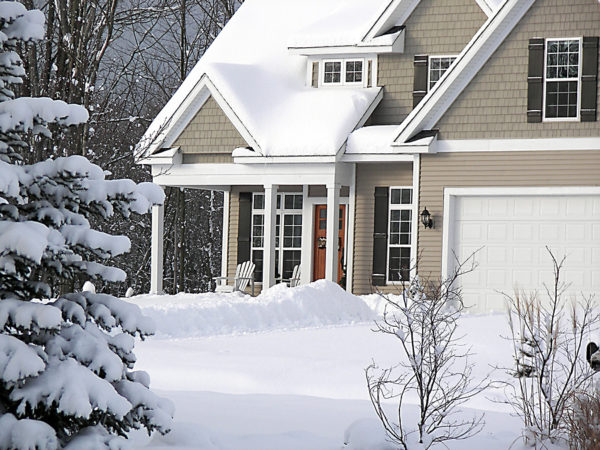
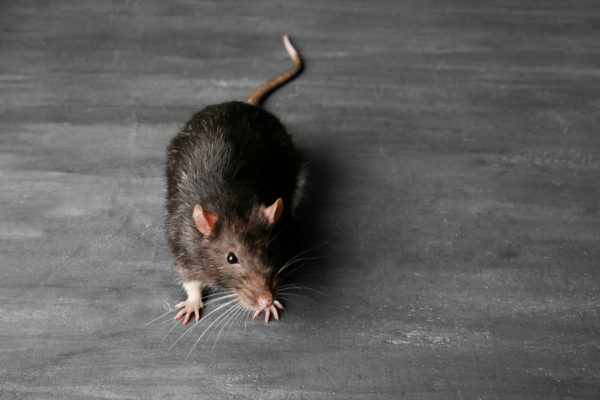
Mice and rats will seek shelter and warmth during the cold winter months. They can fit through very small openings so eliminating entry points is an effective way at preventing them from coming into your home. Eliminating food and water sources is also effective. Replace damaged roof tiles and fill any cracks in the roofing cement. Keep your attics and garages tidy and clutter free. Store your items in plastic containers versus cardboard. Install chimney caps to keep them from nesting inside your chimney. Cover your air vents with wire mesh. Store food in airtight containers and don’t leave any dirty dishes in the sink. Empty your trash regularly and make sure trash can lids are secure. Don’t leave trash bags out in the open. Clean countertops, stoves, and behind the fridge regularly and sweep and vacuum often. Seal holes around pipes using caulk or expanding foam. Keep branches and shrubbery trimmed away from the house and store firewood at least 20 feet from the home. Don’t leave pet food out overnight and seal unused pet food in airtight containers. Replace weatherstripping on windows and doors.
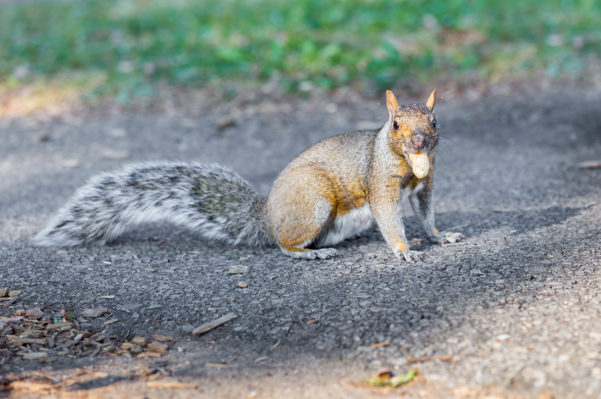
Squirrels like to frequent attics and chimneys to make their nests. Cover chimneys with chimney caps. Keep shrubbery trimmed away from the house and cut down overhanging limbs. Replace rotting wood and seal any entry points including where pipes and utilities come into the home and overhanging eaves.
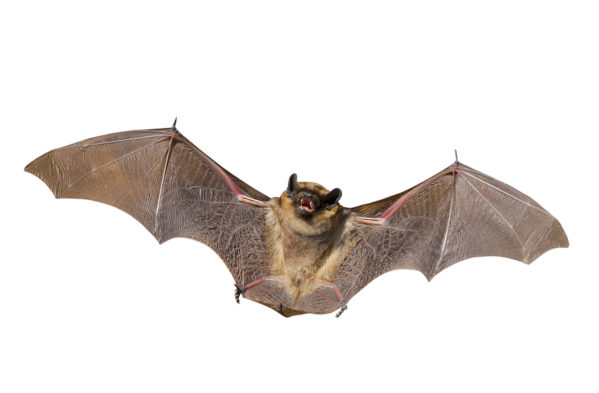
Birds and bats can and will come into your home through any opening in the exterior of the house. Chimneys should be sealed with chimney caps. Inspect the outside of your home for any openings and seal them with steel wool or foam rubber. Keep doors and windows shut as much as possible. Use screens if you must have your windows open and inspect the screens regularly for damage.
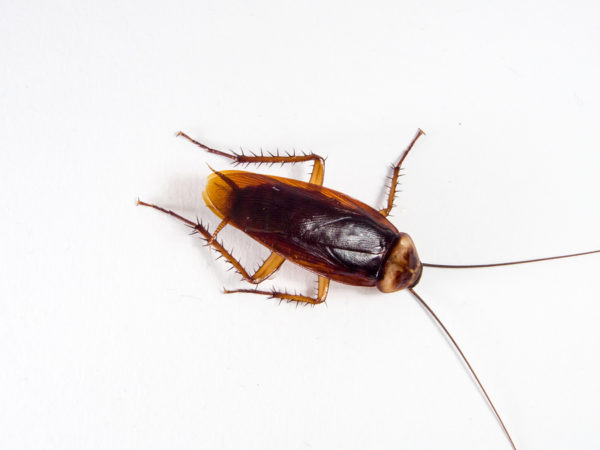
Cockroaches are attracted to moisture and excess water. They will also enter your home in search of food. Check your pipes regularly for leaks and repair quickly. Remove obstructions in pipes to prevent bursting and leaks. Seal around pipe entry points into the home. Clean your gutters. Store items in plastic containers rather than cardboard and keep them off the floor. Store food (including pet food) in airtight containers. Don’t leave dirty dishes in the sink. Wipe down countertops and sweep and vacuum regularly. Clean under sinks, in stoves, and behind appliances regularly. Empty the trash regularly.
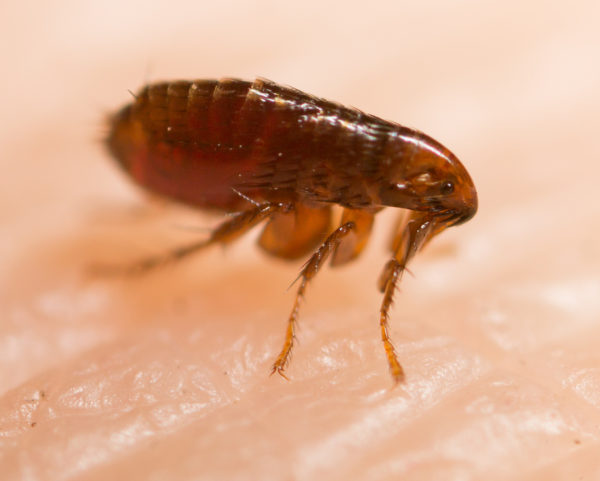
Fleas will hitch a ride into your home on your pets. The first step in preventing fleas is to treat your animals with a flea preventative, whether through medicine or shampoos or both. Check your rugs, carpets, furniture, and pet bedding for signs of fleas. Wash your pet’s bedding and other items in hot water frequently. Vacuum regularly and be sure to empty the vacuum each time you use it. Keep your grass mowed and your shrubs trimmed as this gives fleas less room to hide. Fleas can come into your yard on wild animals so don’t leave pet food out overnight to tempt them to enter your yard. Seal entry points into the house or under porches to prevent them from hiding there, as well.
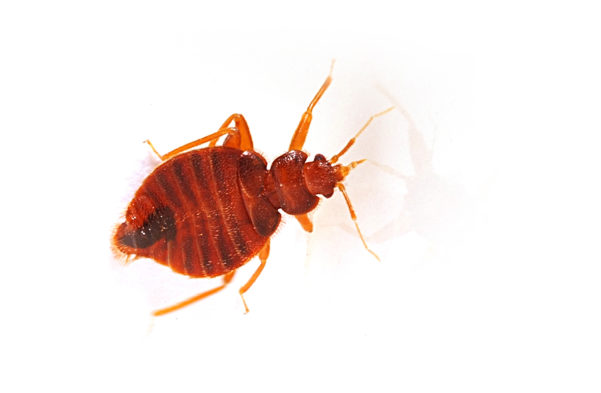
Bed bugs can come into your home in luggage (be vigilant about preventing bed bugs when traveling!) on furniture, bedding, boxes, and even clothing. Check luggage, furniture, bedding, etc. carefully before bringing it into your home. Use a mattress cover that encases the mattress and the box springs. Vacuum frequently. Wash and dry bedding on high heat regularly. Do the same with clothing after traveling.
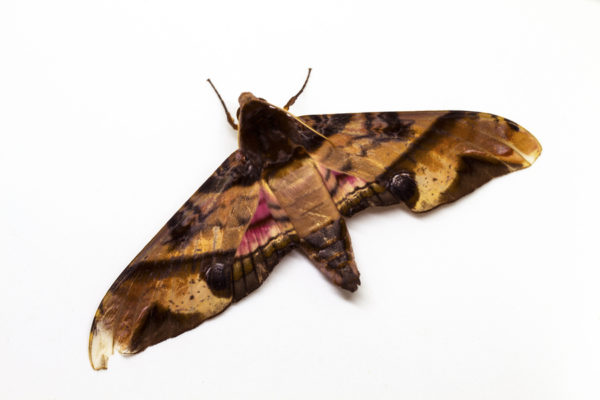
Moths are attracted to wool, fur, and upholstered furniture. Be sure to check your clothes regularly for signs of damage. Wash clothes and store them in sealed bags. Use moth balls. Vacuum and clean the insides of storage areas including wardrobes, closets, and drawers regularly.
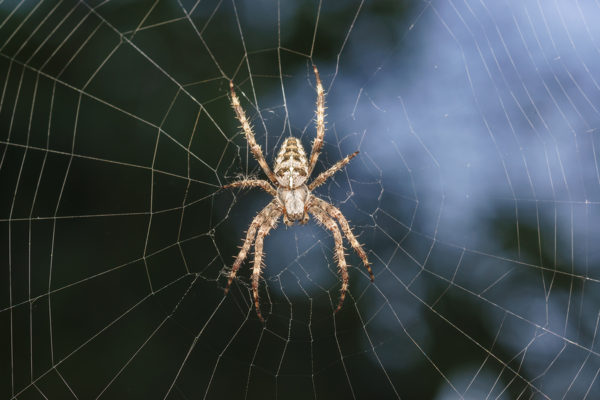
Spiders like to hide in areas of the home that are seldom used. Store seldom used items in sealed plastic containers. Seal cracks and holes in the exterior of your home to keep them from coming inside. Keep your outdoor lights off and use blinds or curtains to block the inside light. Spiders aren’t attracted to the lights but other insects are which the spiders feed on. This eliminates a food source for spiders. Keep shrubbery trimmed away from your home. Keep the grass mowed and remove debris from around your home. Sweep and vacuum regularly. Clear out as much clutter as possible. Vacuum spiders and spider webs.
If you are hearing scratching in your attic at night there is a good chance that you could have a raccoon (raccoons). If you search your attic in the daytime you will probably not find the raccoon. Raccoons are nocturnal creatures found throughout the US but are more common in wooded areas.
Raccoons do not hibernate but they do become inactive in the winter months by seeking shelter…hence why they are in your attic. Raccoons can cause damage to structures as they enter your attic or chimney. They can cause a huge mess by raiding garbage cans in search of food and will even destroy gardens by running through and/or eating crops. In addition to the property damage that they cause, they also carry rabies.
Raccoon Prevention:
To prevent raccoons from entering your home make sure that all possible entrances around the attic and roofline are sealed. Repair broken vent covers, loose siding or shingles, and install mesh covers or caps over chimneys to prevent raccoons from entering. Make sure that all outside trash is in an animal proof, tightly sealed garbage can.
If you believe that you may have raccoons in your attic, call Northwest Exterminating for raccoon removal.
We’re all looking for ways to save money. We’re cutting back on unnecessary items, thinking twice before we spend our money, and looking for ways to save on necessities. One way to save is to install TAP Insulation in your attic.
Tap Insulation saves in two ways: saving on your energy bills and energy savings (along with many other benefits). When your attic has the right r-value, resistance to heat, then your HVAC system runs more efficiently. Less work for your HVAC means less money each month on the bill. Our highly trained professional will evaluate your current r-value and bring your insulation to the Department of Energy recommended r-value of 49, with a minimum of 30.
It’s typical to see a 20-38% savings on your energy bills after you’ve had TAP Insulation installed. This will benefit your home in both the cold winter months and the warm summer months because it keeps your home at a consistent temperature throughout the season which gives your HVAC system a break. Lastly, TAP Insulation is a GREEN solution for your home. It’s another great way to save green while going green!
Other benefits of TAP Insulation:
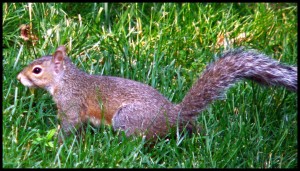 Do you have trees near your home? If so, then you have a threat of squirrels getting into your attic. They may look cute with their furry little bodies but don’t let them fool you, they can cause some major damage. When they live in your home they damage insulation, electrical cables (potential fire hazard) and can be unsanitary by leaving urine and droppings throughout your attic.
Do you have trees near your home? If so, then you have a threat of squirrels getting into your attic. They may look cute with their furry little bodies but don’t let them fool you, they can cause some major damage. When they live in your home they damage insulation, electrical cables (potential fire hazard) and can be unsanitary by leaving urine and droppings throughout your attic.
One of the first clues that people experience is the sound of scratching, clawing, gnawing, or scurrying noises. If you think that you may have squirrels in your attic, call a professional. Squirrel removal is not recommended for amateurs.
Things that you can do to prevent squirrels from getting into your attic:
All of these things can help but squirrels are excellent climbers and will sometimes find alternate ways to get into your home to feed and give birth. The best solution is to call Northwest Exterminating to remove the squirrels in your attic.
If your home is anything like mine you have a high electric bill in the summer and a high gas bill in the winter. When one goes down, the other one goes up. Luckily, Northwest Exterminating offers services that can relieve some of those painful energy bills from the bottom of your house up.
Northwest’s Complete CrawlSpace system will not only soften those energy bills but it will improve the overall health of your home. Crawl spaces are often filled with moisture. Moisture leads to high levels of humidity which cause mold growth, pests, and energy loss. Energy loss may sound like a good thing but it actually causes your system to work harder leading to higher energy bills. Closing in your crawl space can control the amount of moisture, correcting the issues listed above and preventing them from happening in the future. This would give you a healthier, more energy efficient living environment that could save you up to 18% on utility bills.
Another way to save on energy bills is to properly insulate your attic. TAP attic insulation can reduce both your heating and cooling bills. When you have the recommended r-value (insulation’s resistance to heat flow) your insulation works more efficiently, meaning your heating and air isn’t working overtime to compensate. TAP attic insulation can save you up to 30% or more on your utility bills. Other benefits include:
Northwest can provide you with energy savings from the ground…up! Call now or complete a Free Inspection Form.